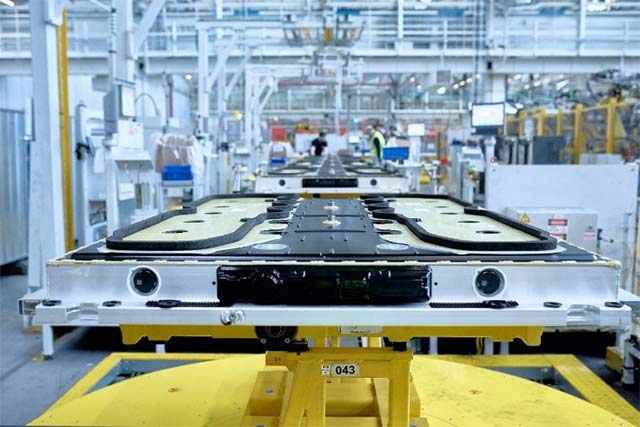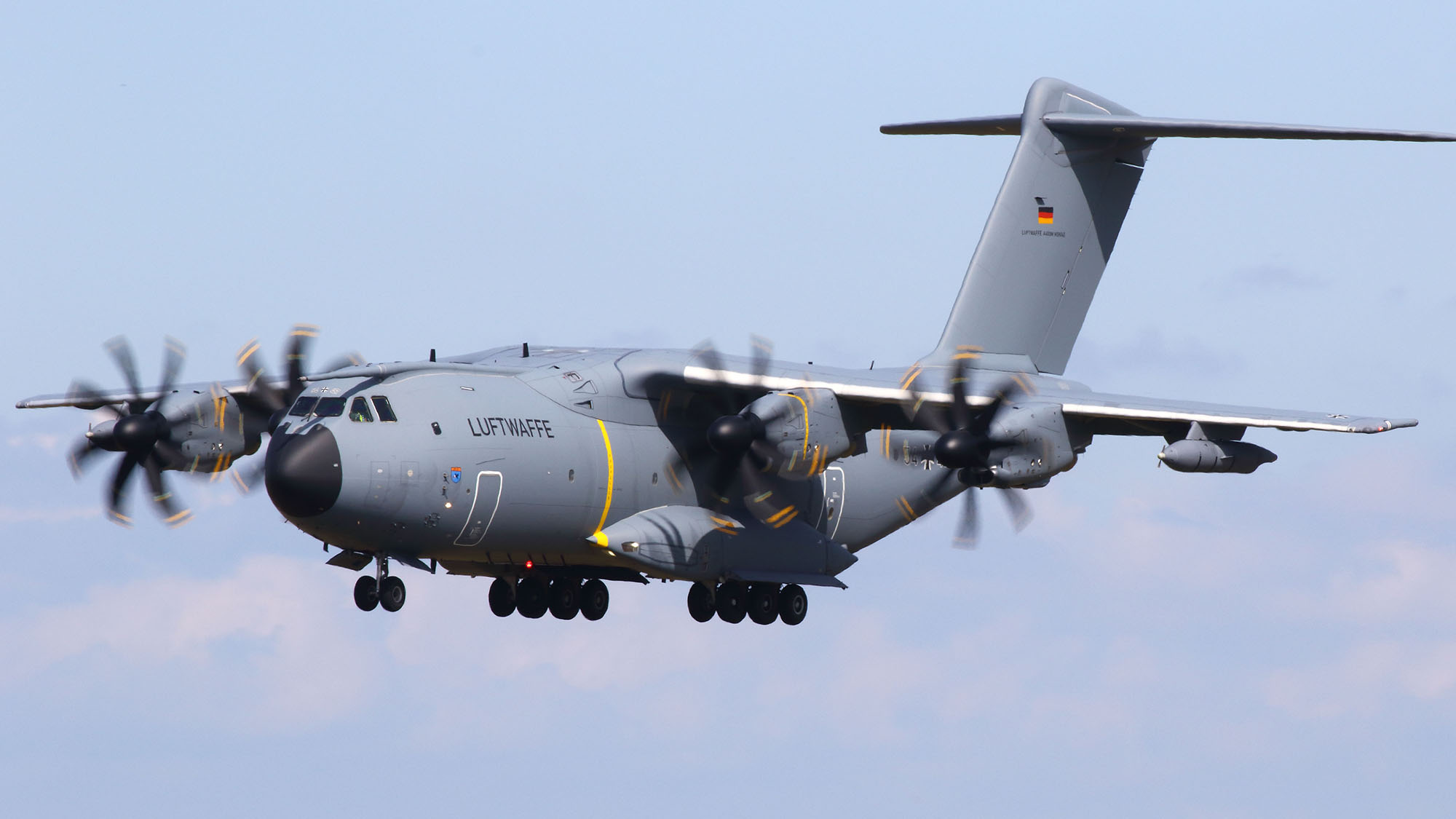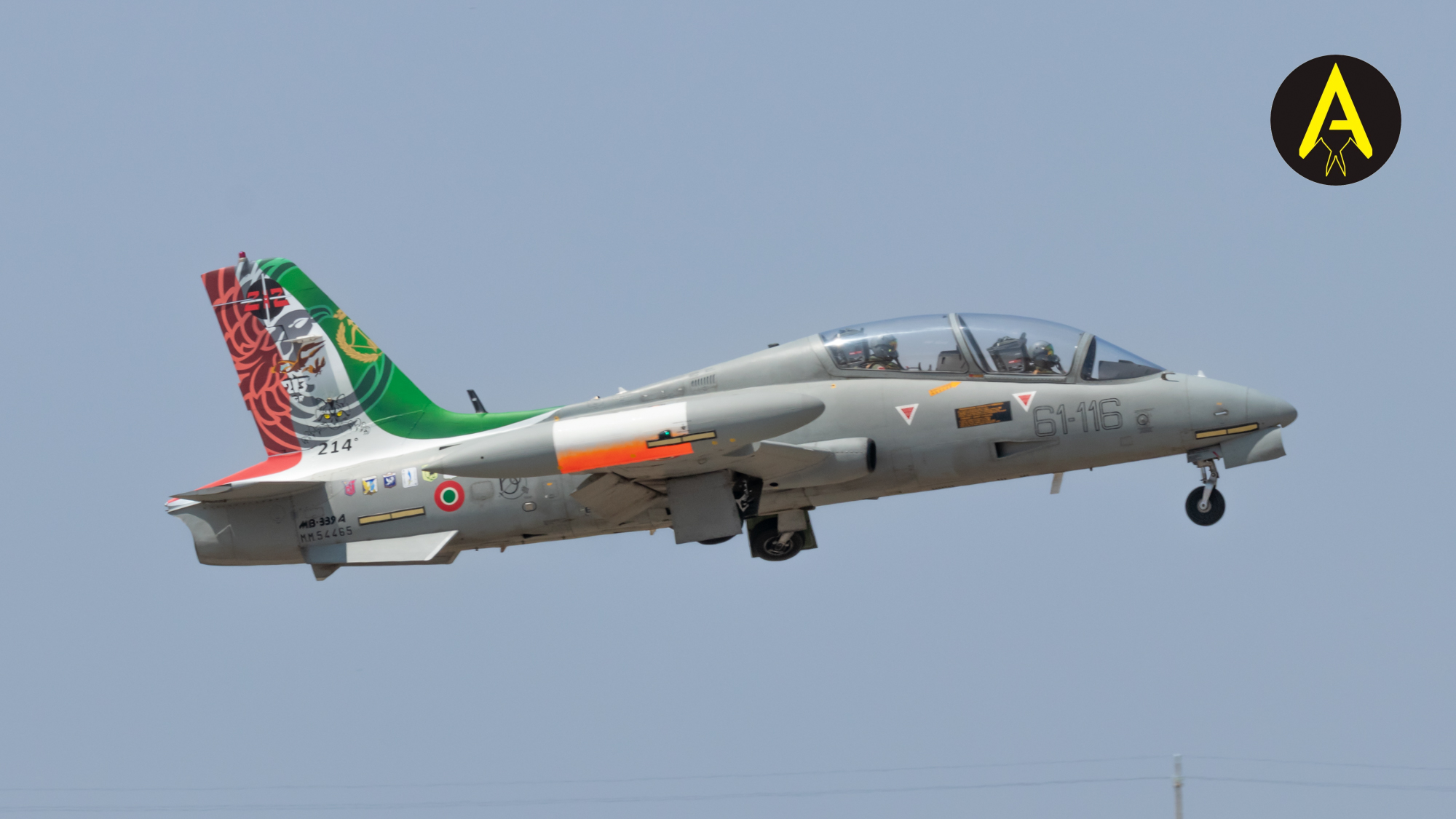Lawmakers urge Pentagon to establish dual-use factories aimed at scaling weapons development
“The Department has an exceptional opportunity to scale advanced manufacturing technologies in a way that bolsters the defense industrial base and the broader American industrial base,” lawmakers wrote in a report accompanying the House Appropriations Committee’s version of the fiscal 2026 defense budget.


The early morning sun strikes the U.S. Capitol November 6, 2006 in Washington, DC. (Photo by Win McNamee/Getty Images)
WASHINGTON — To outpace the growing threat of China’s “global manufacturing dominance,” the Pentagon should build a network of dual-use factories designed to rapidly scale weapons, legislators suggested in a report accompanying the House Appropriations Committee’s version of the fiscal 2026 defense budget.
Such a web of commercial and defense-purposed factories, which lawmakers called a Civil Reserve Manufacturing Network (CRMN), would use artificial intelligence tools to quickly develop weapons at wartime. The factories would be used for commercial goods during peacetime and would rapidly switch over to manufacturing weapons during conflict “with no capital expenditure when transitioning between products,” the report said. (Capital expenditure refers to the funds used by a company to acquire, upgrade and maintain their physical assets.)
The CRMN would have the ability with the “same tooling on the same day” to utilize AI-driven metallic additive manufacturing to produce the structural components of submarines, ships, munitions, ground vehicles, aircraft and spacecraft.
“The ability of the People’s Republic of China (PRC) to scale and field systems quickly has highlighted the calcification of the United States defense acquisition system which struggles to deliver systems on time and on budget,” the report read. “Action is needed to immediately accelerate the Department’s adoption of commercially available artificial intelligence (AI)- driven additive manufacturing factories to preserve America’s military advantage.
“The Department has an exceptional opportunity to scale advanced manufacturing technologies in a way that bolsters the defense industrial base and the broader American industrial base,” the report added.
The committee suggested that over $131.7 million in Army, Air Force, and defense-wide Research, Development, Test and Evaluation accounts be used to establish the CRMN. The report does not mention Navy funding as part of the CRMN program.
Appropriators also directed Defense Secretary Pete Hegseth to provide a report and brief the congressional defense committees no later than 30 days after the budget is enacted on how to “qualify” the first factory in FY26.
The concept of the CMRN, which was introduced to lawmakers in January by CEO of Divergent Industries Nathan Miller, is similar to the Civil Reserve Airlift Fleet which established a commercial network of certified aircraft that can be used when the US military needs extra air power during emergencies, Miller explained in a Defense Innovation Board report at the time.
“Every year taxpayers buy billions of dollars of weapons that are only used during war. It seems that there needs to be a clearer understanding that the factory is the weapon, and if we might need more factories for sustainment and war we should be buying that capacity now,” Miller said in his opening testimony before the Senate Armed Services Committee in January.
“If we miss this opportunity, however, there is a very high risk that in less than four years China will have consumed this market in the same way it consumed the global small drone market and many others. We will all be measured by the effort we took to avoid that potential tragic future,” he added.















































































































































![The F-35’s future: What new weapons, systems are coming to the stealth fighter? [Video]](https://breakingdefense.com/wp-content/uploads/sites/3/2024/09/8603513-scaled-e1725629281248.jpg?#)



